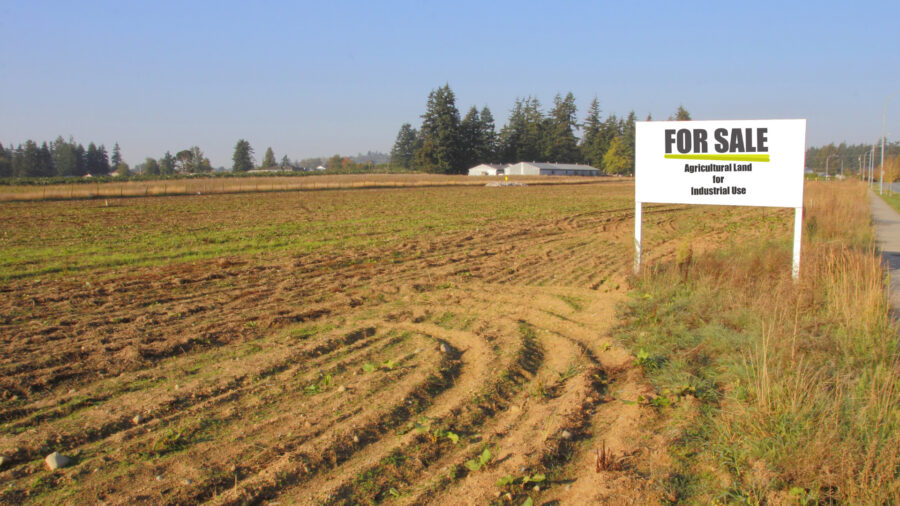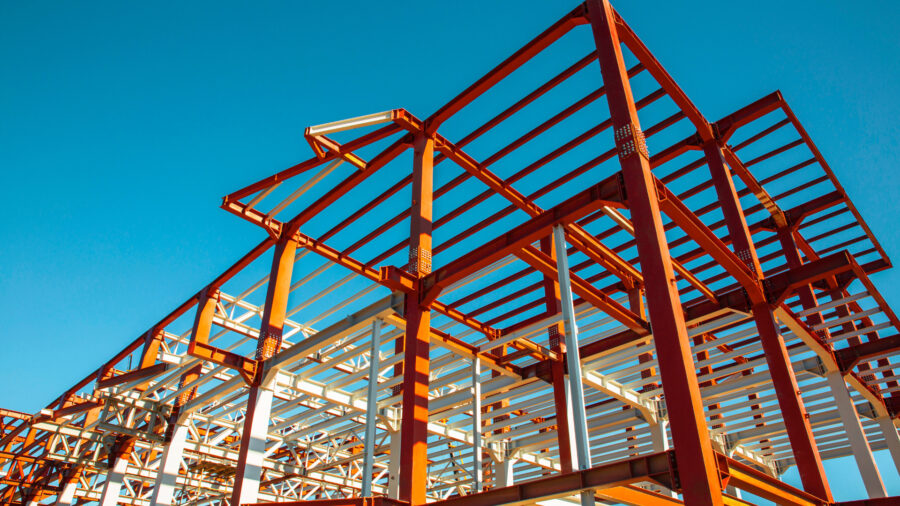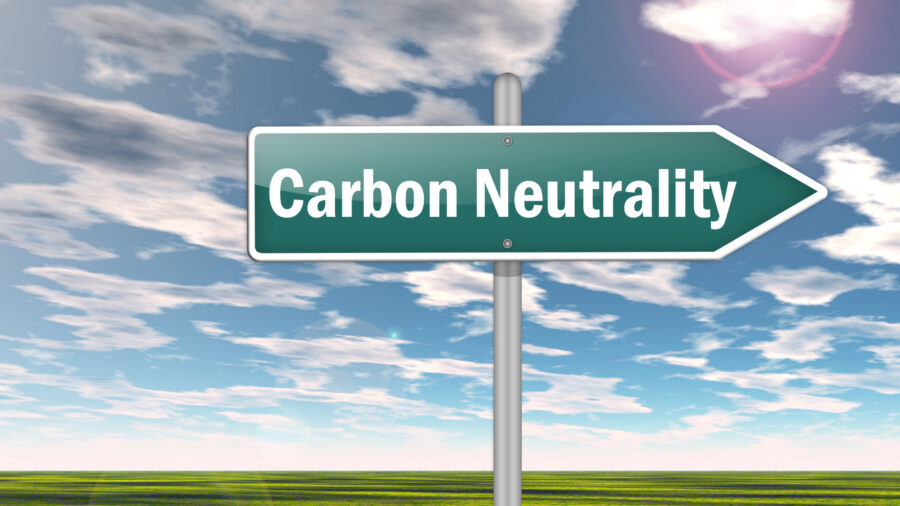Common Challenges

The most common challenges that industrial real estate investors and owners may face are as follows:
Slower Demand Growth, Rising Competition, and Higher Cost of Capital
A downturn in the economy may slow the rate of demand for industrial property usage and thus industrial property investing, construction and growth. For tenants seeking to lease industrial properties, it can be very competitive because space is difficult to identify. The scarcity of space coupled with great demand often leads to increases in rental rates. As a result, when tenants prepare to renew their leases, they experience significant sticker shock. Likewise, when small scale businesses engage in the process of site selection, they are usually priced out of the market due to property expense. There is not enough space to supply the demand and the functional obsolescence of buildings has also led to inefficiencies.
Logistics and Infrastructure
Logistics is the shipping, receiving, and warehousing of goods. Increased cost coupled with a lack of ability to efficiently transport and store goods throughout the country and the world is negatively impacting the industrial sector. Unfortunately, these dynamics are outside the of control of industrial real estate for tenants, owners, and investors.
Land Availability and Affordability

The shortage of land for development and urban infill sites for “last-mile” delivery has resulted in rising land and construction prices. These costs translate into higher rental payments for tenants and increased prices for buyers. Unfortunately, tenants often have few site options regarding logistical placement, and are forced to absorb the higher occupancy costs.

Inspired by warehouse design present in Asia and Europe, developers are building multi-story, vertical industrial products that require less land, while taking greater advantage of the site.
Reducing the Carbon Footprint of Properties

The emphasis for sustainable development is transforming all aspects of real estate development as investors, consumers, and regulators push corporations to thoroughly assess the ecological impact on their businesses. As a result, industrial real estate investors and owners, as well as property managers will be required to take action to reduce the carbon footprint of their properties (e.g., produce carbon neutrality).
Carbon neutrality necessitates that manufacturing companies eliminate the precise equivalent amount of carbon dioxide from the environment that it produces in development, manufacturing, and dispersal. The successful execution of this ambitious initiative is no minor undertaking. In addition to buying carbon offsets or credits, companies must seriously reduce emissions throughout their entire logistics and distribution networks. This will result in significant investments in high-efficiency roofing and insulation, LED lighting, and additional renewable resources.
Sustainability will create modifications in the design and plan across all industrial properties. Industrial real estate investors and tenants should be cognizant that it is important to initiate and implement sustainable initiatives.